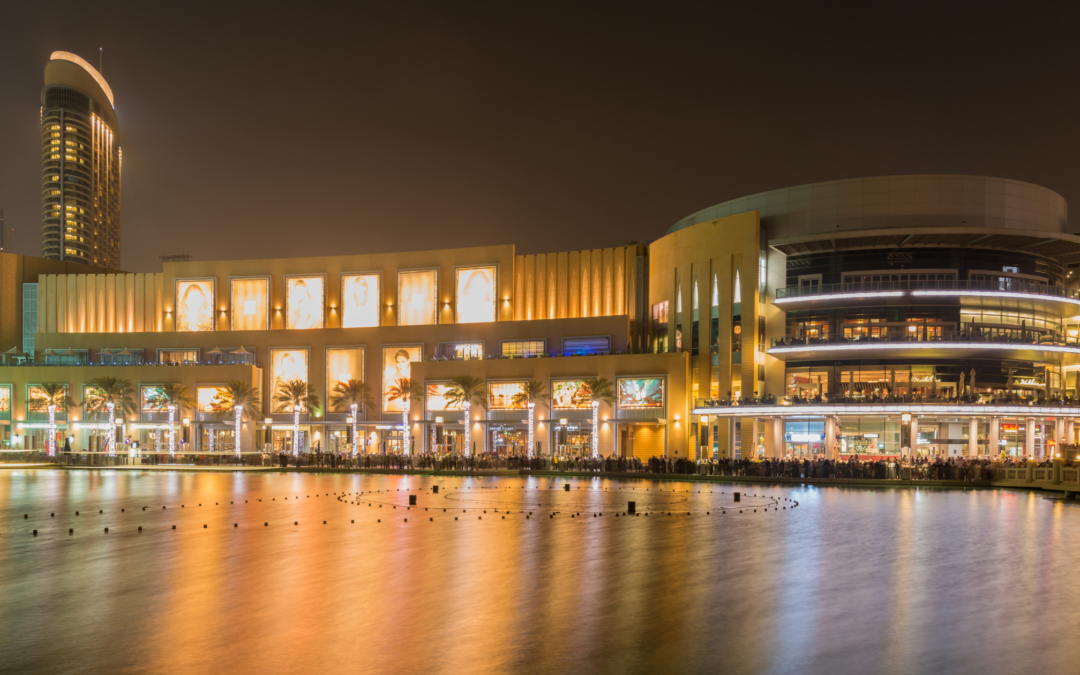In recent years, one of the most surprising catalysts for housing development has come not from urban planners, developers, or local governments but from shopping malls. Many malls are no longer the epicenters of suburban retail culture they once were. As e-commerce and shifting consumer behavior have disrupted their commercial viability, storefronts have sat vacant. However, instead of slipping into obsolescence, malls are becoming key players in a new wave of mixed-use development, especially housing.
The Appeal of Mall-Centric Housing
A few key factors drive the shift toward residential development near or on mall properties. Malls are typically located in prime suburban areas with established infrastructure, including roads, public transit access, and proximity to schools and employment centers. This makes them highly attractive for developers looking to create dense, livable communities without starting from scratch.
Many mall properties, such as surface parking lots or vacant anchor stores, include large tracts of underutilized land ripe for redevelopment. By repurposing these spaces, developers can introduce residential units while maintaining or reimagining retail and commercial offerings, creating vibrant, self-contained neighborhoods.
Benefits for Communities and Developers
The integration of housing with retail offers various benefits. For developers, it provides a sustainable path forward for mall properties that are no longer profitable in their original form. It addresses the pressing need for more housing for municipalities, particularly in suburban areas where housing shortages are growing.
Residents, in turn, are rewarded with a lifestyle that prioritizes accessibility and walkability. Add them here: Imagine living steps away from grocery stores, restaurants, fitness centers, and entertainment venues, all without having to get behind the wheel. This model also promotes deeper community engagement by providing green spaces, co-working spaces, and places for the public to gather.
Challenges and Considerations
Despite the promise, transforming malls into mixed-use communities is challenging. Often, zoning changes are necessary, which can be met with resistance from area residents worried about greater density, increased traffic, or the loss of neighborhood character. Also, the success of these types of developments will depend on strategic design and a balanced tenant mix to ensure resident and commercial viability.
Financing can also be complex, particularly when retrofitting existing mall structures. Developers must navigate the intricacies of phasing construction, maintaining active retail operations during redevelopment, and aligning with long-term city planning goals.
A Glimpse into the Future
Cities like Atlanta, Toronto, and LA have seen successful examples of mall-to-residential conversions, and the trend shows no slowing. As urban centers expand outward and consumer habits evolve, the fusion of housing and retail in once-traditional shopping malls represents a forward-looking solution to some of the most pressing challenges in urban planning.
This movement reflects a broader rethinking of living, shopping, and interacting. Once a symbol of consumerism, the mall is being reimagined as a hub for community and connection, a powerful example of adaptive reuse that aligns with modern lifestyles and sustainability goals.
Appraisal Economics’ suite of real estate valuation services encapsulates and bolsters the above factors. For those navigating the complex housing development landscape, these offerings may streamline the process and maximize success.

